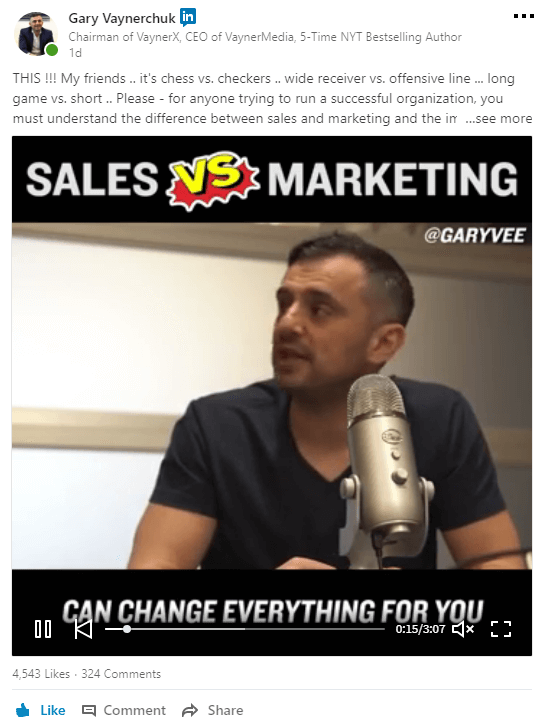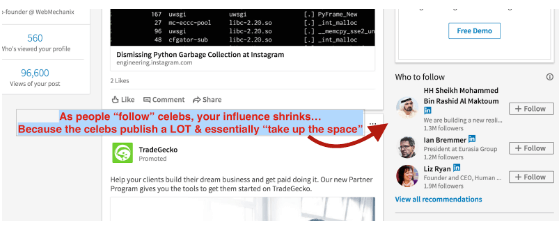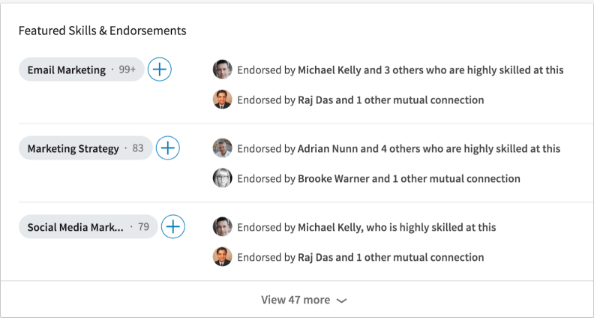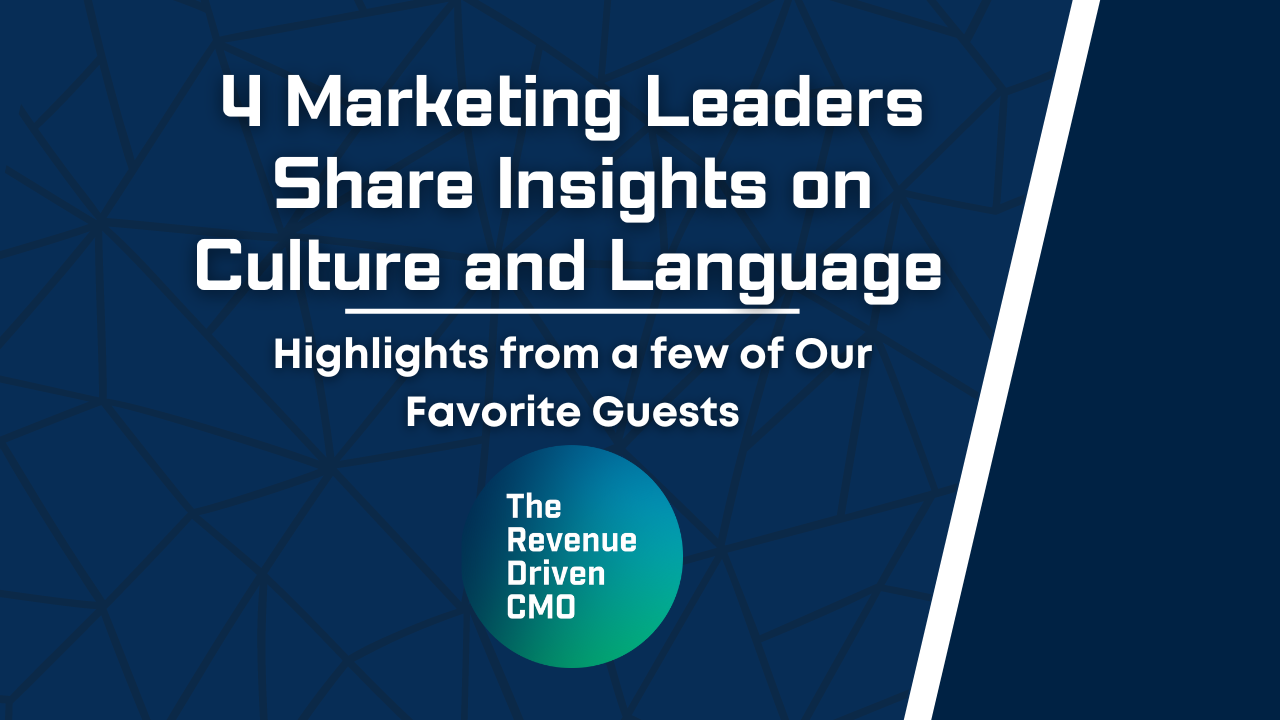
13 new secrets to skyrocket traffic with LinkedIn B2B marketing
LinkedIn is pushing HARD to grow their feed usage because it could be a huge revenue driver.
And they’ve been growing viewership fast since their redesign, which reduced navigation and featured the feed prominently on the home page.
But there’s a reason to believe they’re not yet having much success encouraging new content creators to post…
This could be a BIG problem for LinkedIn because if users don’t get plenty of awesome content, they’re out.
But it could also be a big opportunity for publishers because the demand for useful content currently appears to be much higher than the supply.
>>> TL;DR: LinkedIn is getting hungrier and hungrier for content but there’s a lack of supply. So we’re using a new LinkedIn B2B marketing strategy to squeeze the juice out of this opportunity. <<<

Hurry up and get started NOW because since I wrote this, I’ve seen ~5x more content creators “hip” to the strategy below. This opportunity WON’T last long. So get to work. And don’t give me your woulda’ shoulda’ coulda’s or say I didn’t warn ya. Consider this your warning. I can help you if you get stuck. But #1 action is to ACT NOW.
[Get our free “LinkedIn Retargeting Hack” Guide.]
What our testing tells us about the LinkedIn algorithm…
The LinkedIn B2B marketing statistics are as clear as glass.
The algorithm for the feed is much simpler and definitive than Facebook’s and calibrated specifically to reward active, prolific creators of useful or otherwise engaging content.
Here’s a crude illustration of the idea in plain English:
On Facebook, if someone “likes” your post ONCE, he’s considered a “potential” fit and your next posts are slightly favored in his feed because Facebook has a lot of data, publishers, and options…
On LinkedIn, if someone “likes” your post ONCE, he’s practically considered a “follower” and your next posts are heavily favored in his feed because LinkedIn doesn’t have much to go on.
Understand that this is a gross simplification. There are 1,000 factors that go into it.
But the point is that TODAY … if you can get someone to like, comment on, or share (LCS) one of your posts on LinkedIn, they’re almost guaranteed to see your subsequent posts!
So a single unique “like” on LinkedIn can be worth quite a bit.
Everyone knows that social media sites want, maybe need, lots of good people publishing lots of good content regularly. And they all reward consistent contributors. But what I’m saying is that LinkedIn appears to be taking it to the extreme…
… Perhaps to swiftly address their “dirty” little secret (i.e. not enough creators) before Wall Street notices or MSFT starts yelling’ at ‘em 😉
Pretty exciting times. But also very fleeting… A year from now, this little market inefficiency will be corrected. So you should start moving and quick.
And as you read this, keep in mind: Like anything… There’s a decent chance I’m wrong about this. But I think an equal or greater chance I’m right.
Compare 10 Facebook posts to 10 LinkedIn posts on recency and engagement as measured by “LCS” aka, “likes”, “comments”, “shares”)…
What you’ll probably find is that the LinkedIn posts at the top of your feed have much LESS engagement and are generally OLDER than Facebook posts at the top of your feed.
This gives us a few insights about LinkedIn:
- The content quality “bar” is generally set LOWER…
- Content lifespan is generally LONGER…
- A user that LCS’s is likely to see your other posts (if and as they exist)
Go look for yourself to be sure. You may very well find different, we’re still looking at relatively small data sets.
But our preliminary results seem to be relatively consistent and conclusive so I’m fairly confident in them. But go have a look. Older posts on LinkedIn with fewer LCS… Facebook has newer, higher traffic pieces.
Looks like some users are starting to notice too…
This was posted recently on LinkedIn’s help forum:

This is the PERFECT storm for marketers, entrepreneurs, salespeople, recruiters, job seekers, executives… You name it. So many possibilities.
… The only “rub” is that soon people will start to recognize this opportunity (as you are right now) and some of them will start publishing.
Thought leaders and celebrities are already hip to the game. Gary Vaynerchuk, Noah Kagan, Guy Kawasaki, and Neil Patel are already moving in, increasing activity.

What’s worse, LinkedIn prompts users directly to “follow” the celebs… which is VERY bad news for the little guy, here’s why:

The more people “follow” celebs, the lower your share of voice. Celebs like Gary V. publish a LOT and “take up the space” so to speak.
I know because I started following Gary Vaynerchuk just to mess around and my feed was immediately overwhelmed. I unfollowed him and luckily it went away.
But either way, before long, LinkedIn will have more content than it needs and this special treatment will go away… (sorry)
UNLESS… You decide right now to SEIZE this opportunity and start working at ONCE to build your client a nice, engaged, loyal audience of followers.
If you move swiftly, you’ll have a good fighting chance.
Because if LinkedIn’s algorithm is anything like FB and Google (which it almost certainly is) — it richly rewards age and tenure and consistency over time …
… Meaning: you still have time to build a gnarly audience and KEEP them even after the celebs and masses exploit this market inefficiency. If you act now.
>>> TL; DR: LinkedIn is starving for content in the short-term and they’re currently offering rich rewards for those that can regularly publish useful sh*t. <<<
How to squeeze the juice out of LinkedIn…
Remember: The goal of your LinkedIn B2B marketing plan is to get more LCS’s from good prospects because when they become more likely to see your next posts…
So once someone LCS’s, you can “retarget” them (i.e. get back in front of them) on an ongoing basis free whenever you post.
It’s also critical to get in front of the RIGHT people…
So here are some practical tips to start attracting and engaging MORE of the RIGHT people so that every time you post, they’ll see it front and center.
First, some basic (but important) ground rules:
1. Post more (but not too much). This is the #1 tactic for a successful LinkedIn B2B marketing strategy. If nothing else, just do this. But don’t overdo it. Quality over quantity. And consistency is important. Shoot for 1 to 2 times per week.
2. Think B2B. Stick to business topics (or stories with business lessons). Because before showing your post to your 1st connections, LinkedIn’s algorithm looks at each post and asks: “Is this business related?” So make sure you pass this first test with flying colors.
3. Write for your target and prospect. Who do you want to attract? What are they interested in? Don’t assume you know the answers. Put the effort into researching first.
4. Don’t think too much. People overthink and end up doing nothing. Think of this as an experiment. And accept the fact that some posts WILL flop. And you WILL probably get flamed by some hater at some point… And that’s okay. Actually, it may be a good sign. You will live to write another post. But you’ll never hit a homerun without taking swings.
5. Be active. LinkedIn likes loyal, active users. So make sure to login 1- to 2 times per day and either post, respond to comments and their posts — especially good prospects that have LCS’d your posts as this “cements” the connection.
6. Go long-form. LinkedIn likes content creators and they want to be considered a source of news. The majority of posts are short-form and link out to other websites. Longer-form pieces (500 characters or more) that DON’T link out get preference. Also, consider this:
- Long-form posts get truncated and users have to hit “see more” to reveal the full post — this is a sign of interest and a component of LI’s algo. Probably not as heavily weighted as LCS, but you’ll get far more of them and they add up faster;
- Long-form content takes longer to read and therefore increases dwell time (i.e. time a user spends with your post), which is an important component in FBs algo and I imagine LinkedIn’s too (LI is forever copying FB)
Algorithmic considerations for an effective LinkedIn B2B marketing strategy:
7. Understand how LinkedIn “categorizes” you. LinkedIn has data scientists building algorithms that study your every action and attribute. They place you into “categories” and every time you log in, they continue “learning” and adapting. The information on your profile — your work history, the articles you’ve published, the skills listed (particularly those you’ve been endorsed for), the groups you’re in (particularly those you’re active in), the companies and influencers you follow — are all MAJOR indicators it uses to “categorize” you. So ask: How might LinkedIn be categorizing you and your client? Is this how you WANT to be categorized? You have control over most of these indicators, so… If it’s broke, go fix it.
8. Understand how LinkedIn “categorizes” your prospects. You do know who your prospects are… Right? How would you categorize THEM if you were LinkedIn? Look at “skills” particularly (these seem to be weighted most heavily and also tend to be fairly consistent across prospects). For instance, if you sell to executives, many of them will have “leadership” or “management” as top skills. Find the common thread, particularly, skills that they’ve been endorsed for. These are what you should post about.

9. Think like an SEO. LinkedIn leans heavily on sophisticated natural language processing to determine what users see (https://engineering.linkedin.com/data/nlp). So you should, of course, use words and phrases that your audience uses, but also LATERALIZE into related words, latent semantic style. Look specifically at the “skills” your prospects have on their profiles. This is essentially what you should write about. Say a lot of your prospects have “management” listed as a skill. Use this word and topic but also related words and topics like “leadership”, “hiring”, “CEO”, “training” and so on. There are several free tools like LSIgraph.com and KeywordShitter.com you can use to quickly generate keywords and ideas.
LinkedIn B2B marketing best practices for content and positioning:
10. Add credibility to your profile. People will check you out and, for a split second, wonder, “Is this is a credible, valuable person that I’d like to add to my network?”. So do what you can to help them conclude, “YES!” …. The first thing they look at? Pictures. Get a good headshot and a cover image of you speaking or doing something else that only awesome, sought-after people do. Come up with a strong headline that conveys credibility and communicates your value prop. Write a description with a strong hook as the opener (i.e. get people to click through) then more detail and link back to your landing page. Use keywords where you can. Don’t have many endorsements or recommendations? Get some. These are the main things but as it evolves ask yourself: “Am I credible and trustworthy and sought after?” and obviously the answer is yes so then ask, “Does my profile portray that?”
11. Don’t be boring. It’s better to offend than to bore. But you might also try: informative, new and novel, useful, funny, relatable, chronological, curated, re-invented… Or some combination. Specific is generally better than vague. And don’t be afraid to copy success. Don’t reinvent the wheel if you don’t have to. Often what works for one person will work for you too, even if it’s a different industry. People are people. But if you’re doing #1 and #2 and NOT seeing daily growth… You may be being boring 🙁 See below for some ideas and inspiration. Refer to the 10 immutable laws of copywriting for more.
12. Tell a story. Posts that start with something like, “I was at Starbucks yesterday and I saw this middle-aged woman who seemed very normal at first…” tend to work well. The key is building some degree of curiosity or intrigue BEFORE the “see more” truncation, so they get the click. Stories will also be long-form by definition, so that’s a plus.

Caption: Here’s a LinkedIn B2B marketing example of how I used a story in an organic post to attract a ton of engagement, a.k.a. LCS.
13. Tease with a goodie. If you’re reading this right now, you’re familiar with this technique because it’s probably how you found me. It’s simple and effective. Ask, “What specific knowledge and information do I have that prospects DON’T have (but definitely want)?” Something proprietary, unique, valuable, difficult to replicate and reproduce. Then post a “teaser” saying you’re creating it and to like and comment if they want a free copy. This will likely pull. But it means you gotta’ create the content and send it to 758 people. Not easy. The alternative is to send them to a landing page and force opt-in, automate email on the back-end.
There’s more to our secret LinkedIn B2B marketing strategy, 9 more secrets, in fact. Get it all in our free LinkedIn B2B marketing guide:
LinkedIn is a tricky beast but gold mine for B2B lead generation. We’re in the weeds analyzing the best ways to leverage social media platforms with our PPC services every day. Contact us to learn what we can do for you.
What’s your favorite part of LinkedIn? Let us know in the comments.
Read about the top B2B marketing tools
View all posts filed under “Social Media”
Most newsletters suck...
So while we technically have to call this a daily newsletter so people know what it is, it's anything but.
You won't find any 'industry standards' or 'guru best practices' here - only the real stuff that actually moves the needle.







